Canadian researchers create technology that reads cancer biomarker like a blood-sugar monitor.
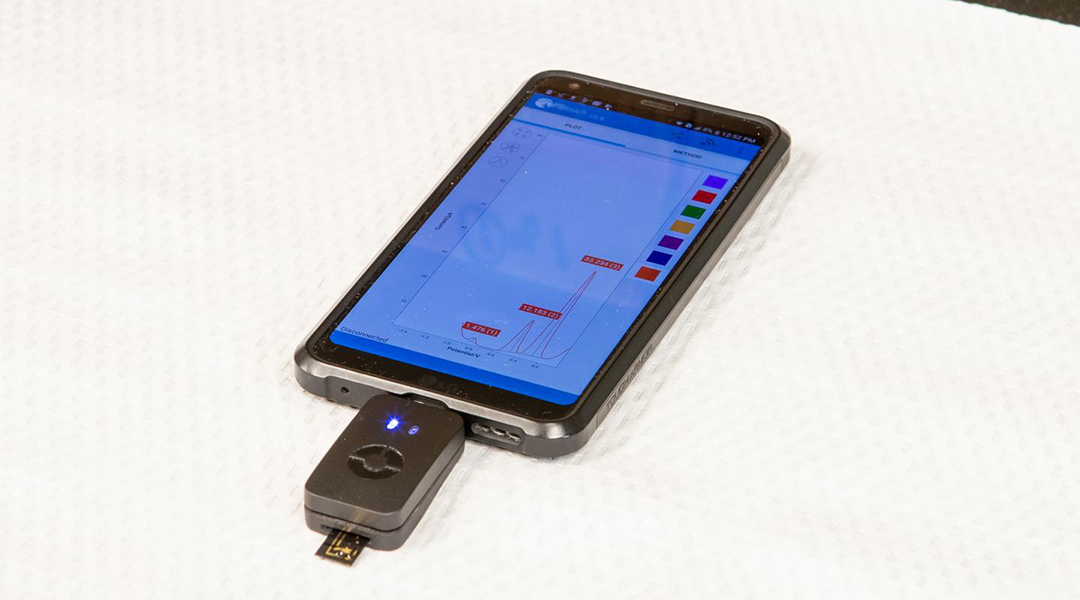

Canadian researchers create technology that reads cancer biomarker like a blood-sugar monitor.

A new vaccine adjuvant, which helps stimulate the immune system, has been developed based on two chemicals that are produced by the body.
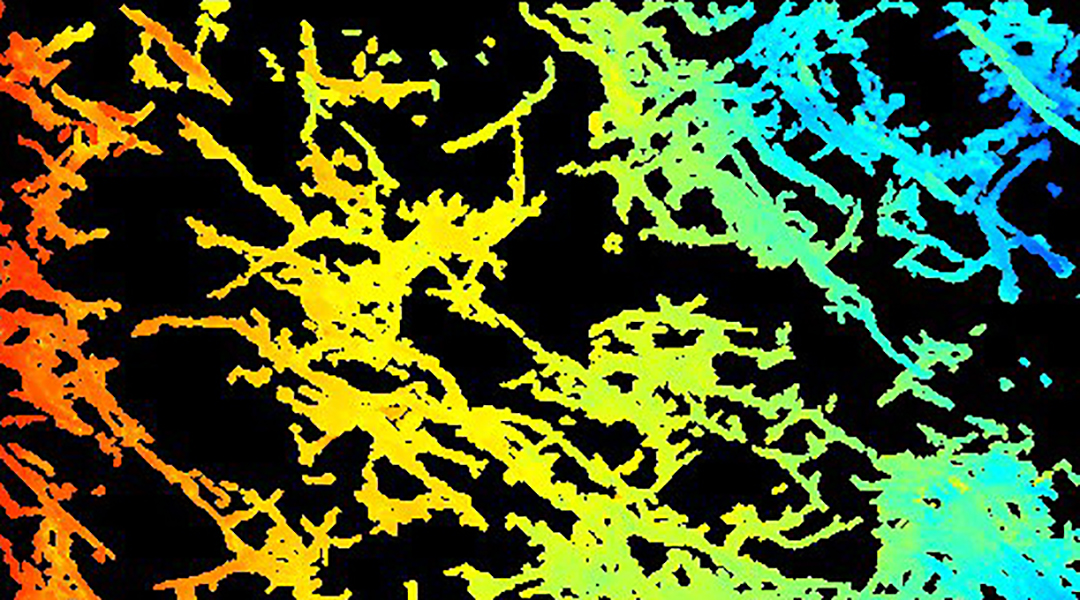
How can computational modeling help to better understand and predict when the power cells of our gut fail?
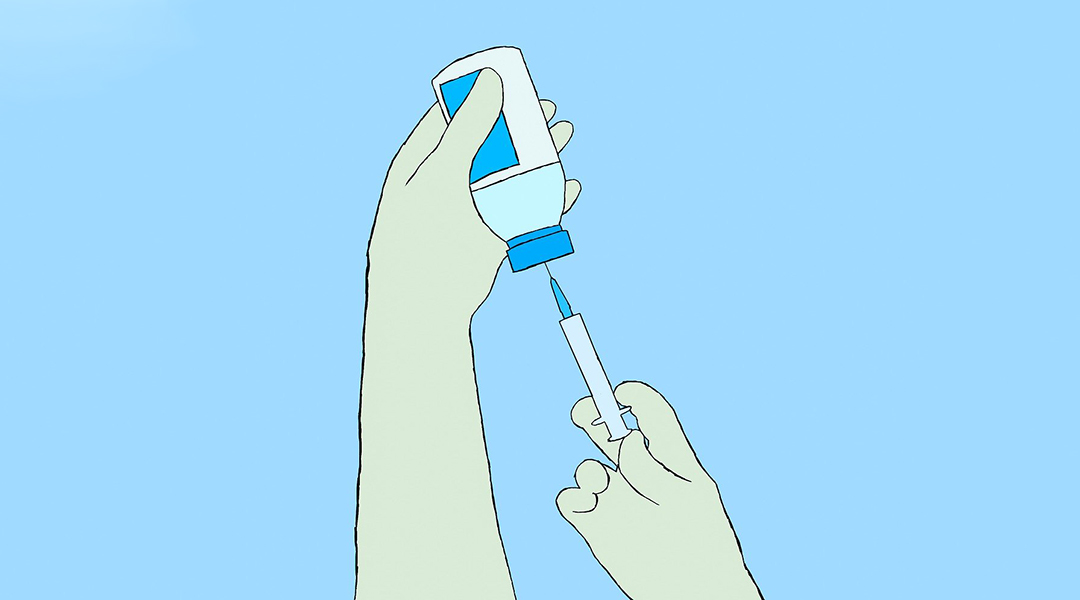
With computer models and lab experiments, researchers are working on a strategy for vaccines that could protect against any influenza virus.

For the first time, two women share the Nobel prize for chemistry. Their work with CRISPR helped usher in a new generation of precision genome editing.
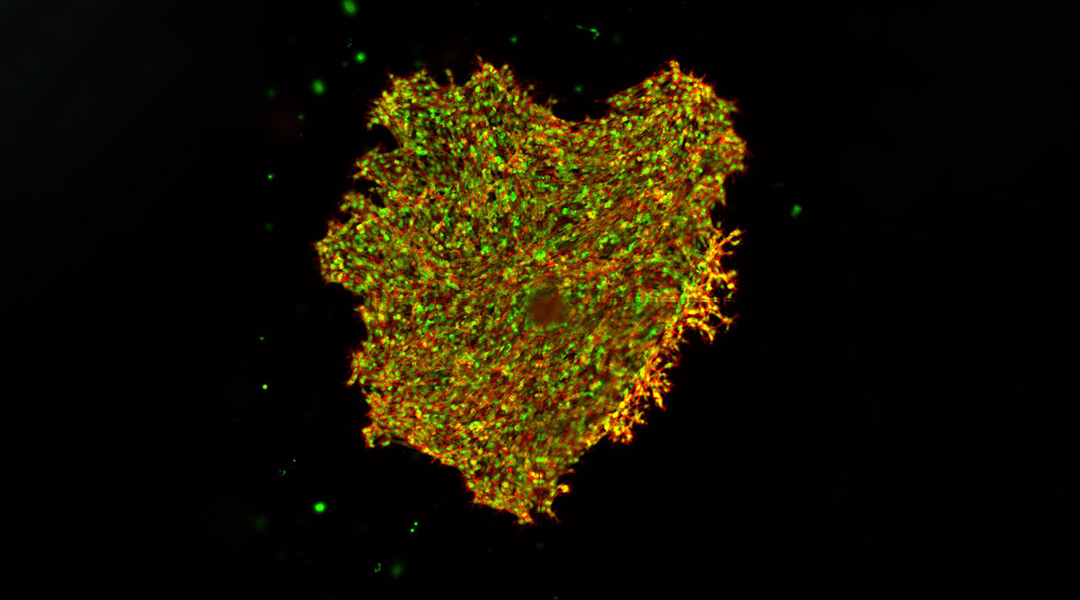
Researchers engineer a hydrogel that recapitulates biophysical changes in the tissues surrounding tumors to investigate how stiffness impacts the mobility of invasive and non-invasive cancer cells.

This year’s Nobel Prize in Physiology or Medicine recognizes the achievements made in identifying and treating hepatitis C.
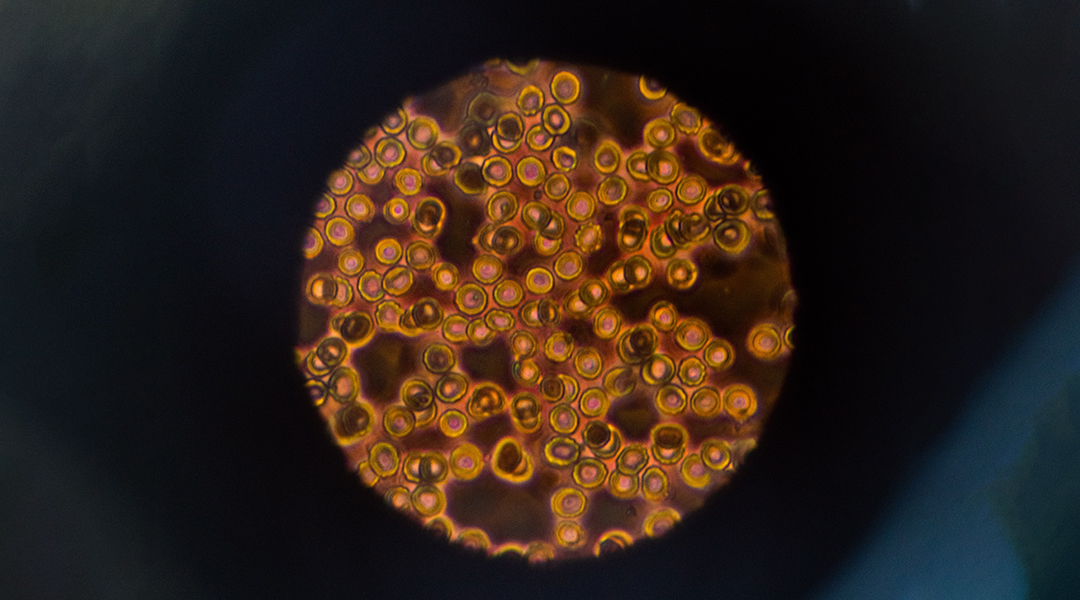
A new mechanism to produce powerful biodegradable elastomers with a promising future in tissue regeneration.
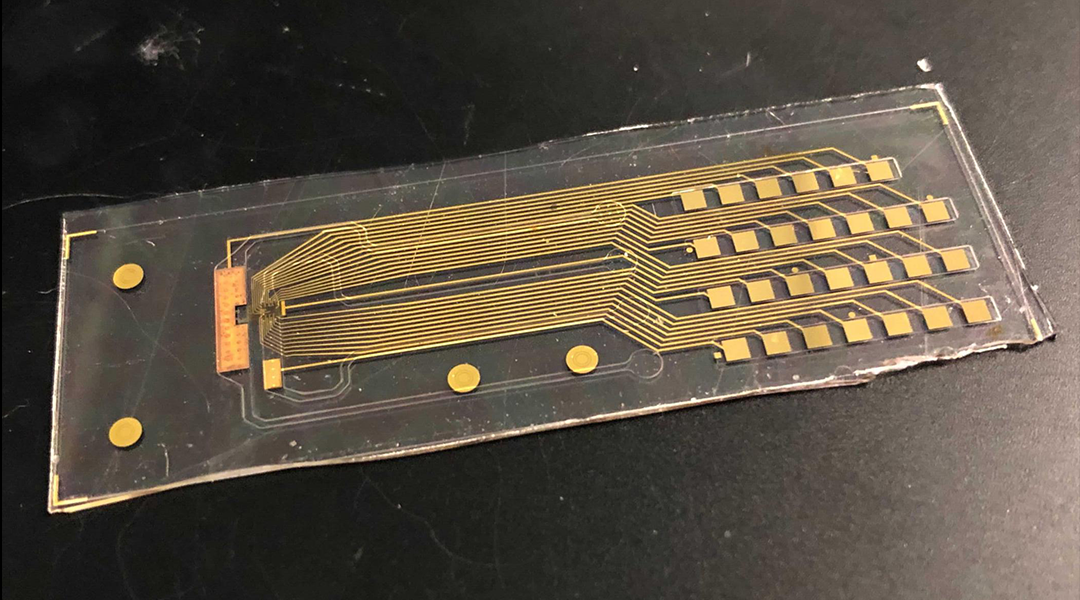
Driven by a machine learning algorithm, the closed-loop biohybrid device maintained a set membrane voltage in human stem cells for 10 hours.

Researchers challenge the current paradigm for embolization with a safe and versatile embolic agent made from malleable and injectable hydrogels.